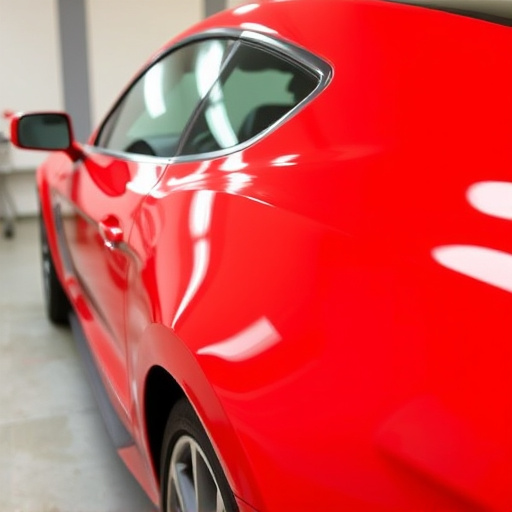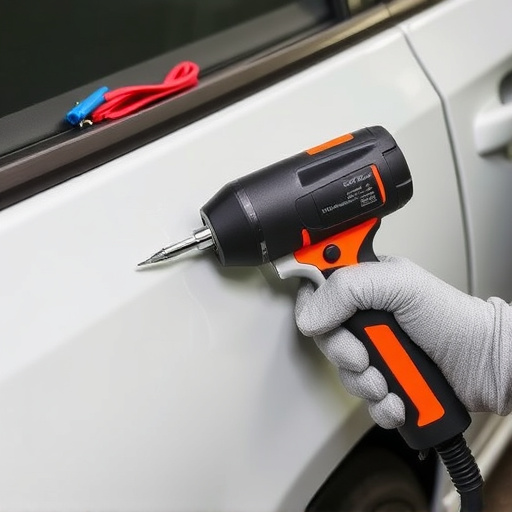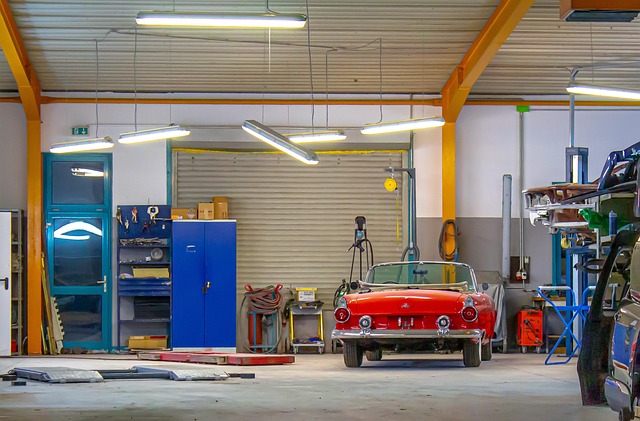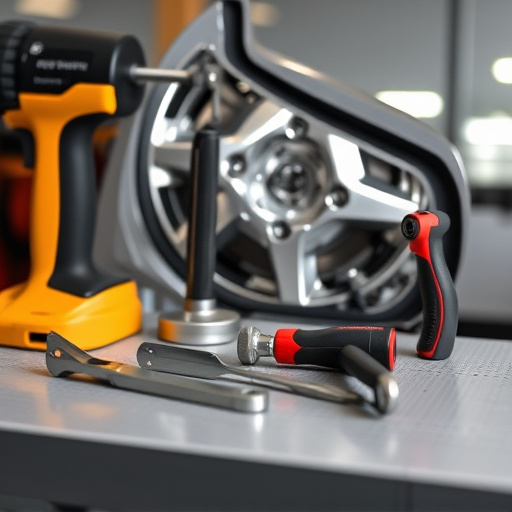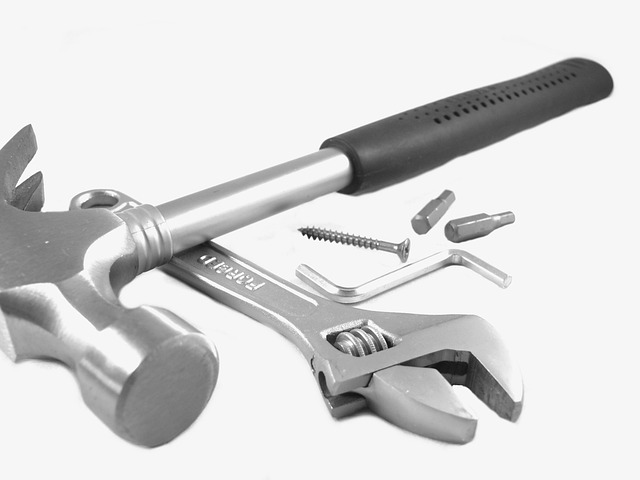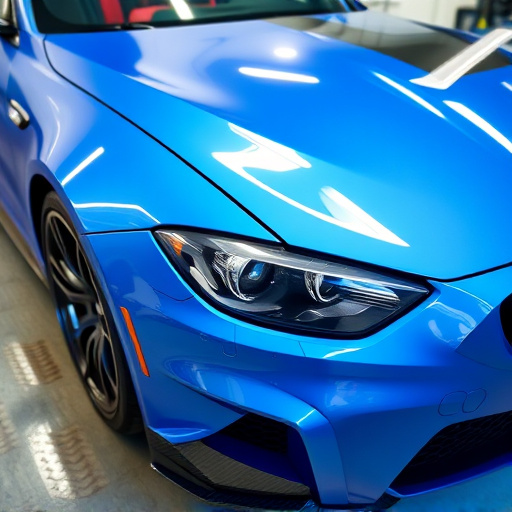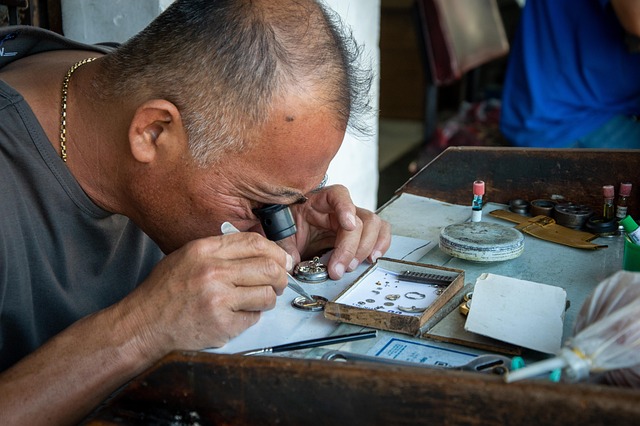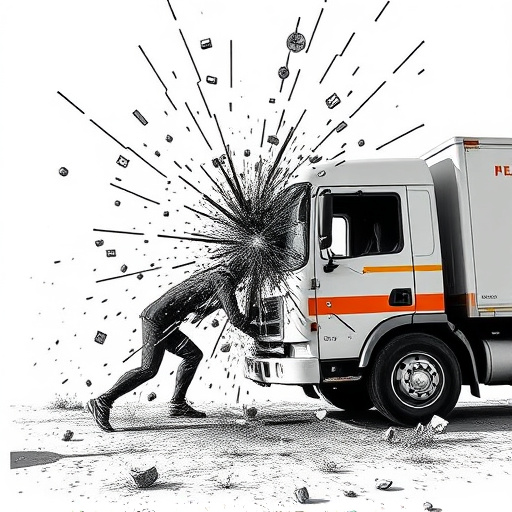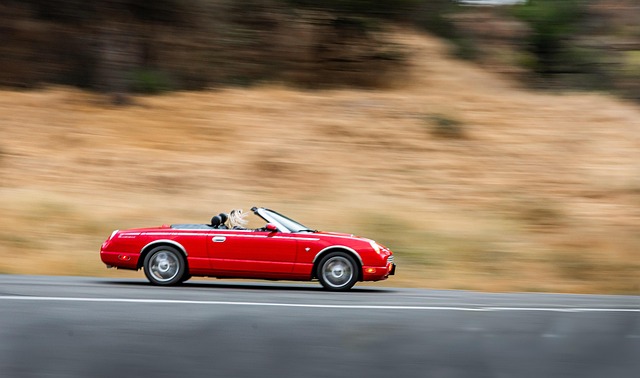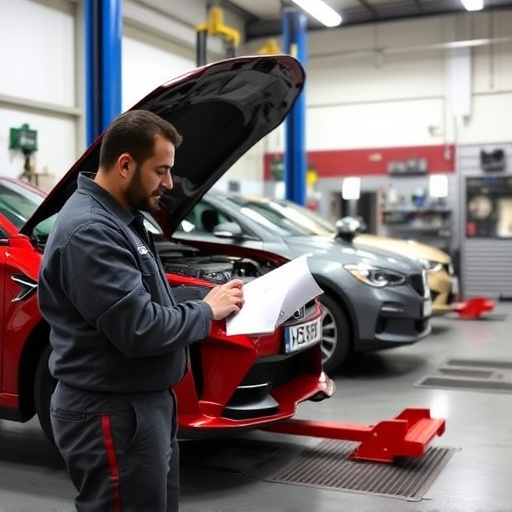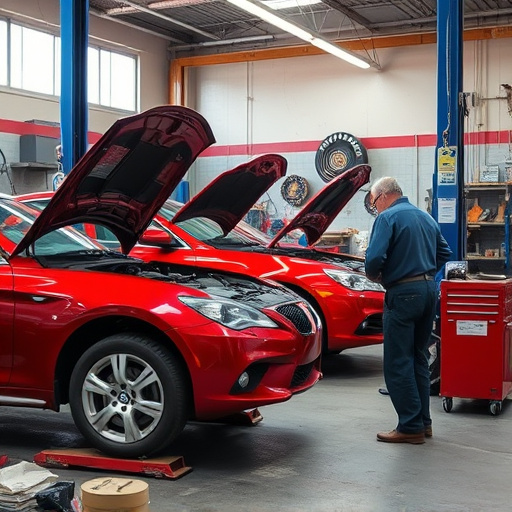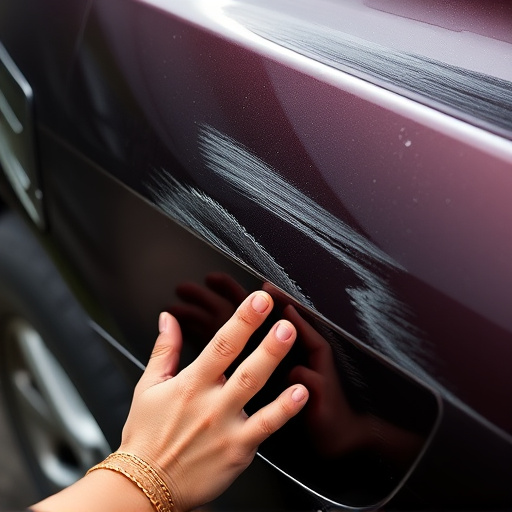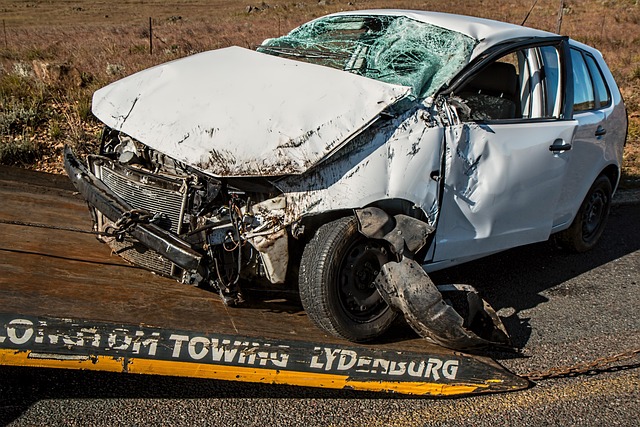Mercedes boron steel cutting techniques, laser and abrasive, offer distinct advantages. Laser cutting provides precise, clean cuts for intricate designs but is costlier and may struggle with thicker materials. Abrasive cutting is faster, versatile, and cost-effective but produces rough edges and lacks precision. Choosing the right method depends on project urgency, material thickness, and desired accuracy, ensuring top-tier results in collision repair and restoration.
Mercedes boron steel, a high-performance alloy, demands specialized cutting techniques. This article delves into the intricate world of Mercedes boron steel cutting, exploring two dominant methods: laser and abrasive cutting. We weigh the pros and cons of each approach, providing insights to guide professionals in selecting the optimal technique for precise and efficient results. Understanding these cutting techniques is essential for achieving superior craftsmanship in working with this robust material.
- Understanding Mercedes Boron Steel Cutting Techniques
- Laser vs Abrasive Methods: Pros and Cons
- Choosing the Right Method for Optimal Results
Understanding Mercedes Boron Steel Cutting Techniques
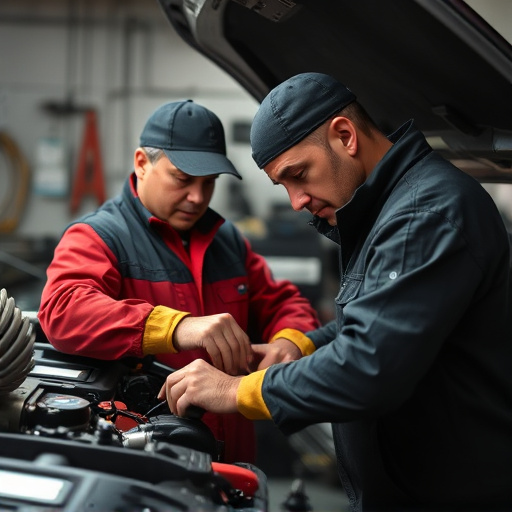
Mercedes boron steel cutting techniques have revolutionized the automotive industry, particularly in collision repair centers and fender bender scenarios. These specialized methods involve either laser or abrasive technology to precisely cut through the robust and high-strength alloy that defines Mercedes vehicles. Each approach offers unique advantages; lasers provide meticulous accuracy and minimal heat impact, preserving the structural integrity of the car during intricate cuts. In contrast, abrasives deliver brute force, making them ideal for rapid and aggressive cutting demands often encountered in collision centers.
Understanding these techniques is paramount for professionals in the automotive sector. Laser cutting, with its ability to melt and vaporize metal, ensures clean and streak-free edges. Conversely, abrasive methods, employing tools like grinding wheels or sandblasting, offer speed and versatility. Choosing between them depends on factors such as material thickness, desired accuracy, and project urgency, ensuring that every Mercedes boron steel cutting job is executed efficiently and effectively in even the busiest collision centers.
Laser vs Abrasive Methods: Pros and Cons
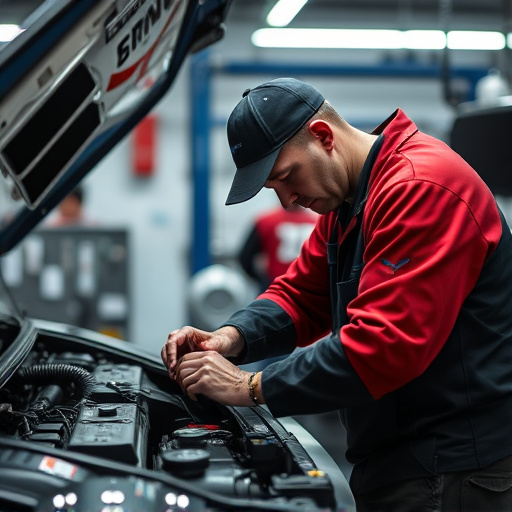
When it comes to cutting Mercedes boron steel, both laser and abrasive methods offer unique advantages and drawbacks. Laser cutting is a precision technique that utilizes a high-powered beam of light to melt or vaporize metal, resulting in clean, intricate cuts. It’s ideal for complex designs and thin materials, making it popular in the automotive repair services sector for tasks like custom car body services. However, laser methods can be more expensive due to equipment costs and may not be suitable for thicker boron steel grades.
On the other hand, abrasive cutting involves using powered abrasives, such as sandpaper or grinding wheels, to physically wear away the steel. This process is generally faster and more cost-effective for car repair shops dealing with various metal thicknesses. Yet, it often leaves behind rough edges that require additional finishing. Unlike laser cutting, abrasive methods are not as precise, making them less ideal for intricate patterns or detailed work in auto body services.
Choosing the Right Method for Optimal Results
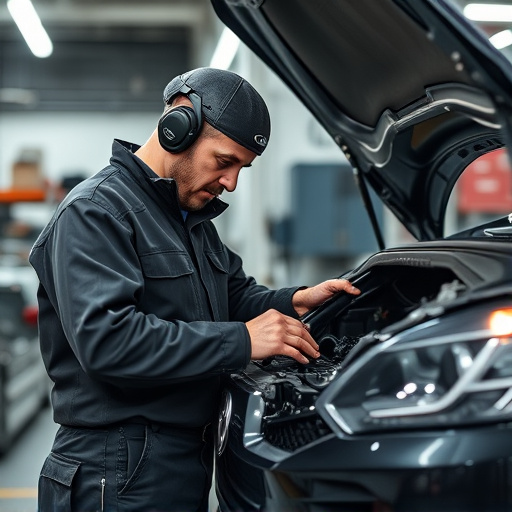
When it comes to cutting Mercedes Boron steel, selecting the appropriate method is key to achieving optimal results and ensuring precision in car collision repair or mercedes benz repair processes. The choice between laser and abrasive cutting techniques depends on several factors, including the thickness of the material, desired edge quality, and the complexity of the cut. Laser cutting, for instance, offers exceptional accuracy and is particularly effective for intricate designs, making it a preferred method in tire services and specialized automotive restoration. However, it may not be as efficient for thicker sheets due to heat-affected zones and the potential for distortion.
On the other hand, abrasive cutting methods, such as abrasive waterjet cutting, are highly versatile and capable of handling a wide range of material thicknesses. This technique is advantageous when fast cutting speeds and minimal finish requirements are essential. Moreover, it can accommodate complex geometries without the same level of precision required by lasers. The choice should align with the specific needs of the mercedes benz repair or tire services, ensuring the best outcome for each unique project.
Mercedes boron steel cutting is a precise and efficient process, with laser and abrasive methods offering unique advantages. By understanding the pros and cons of each technique, you can select the optimal approach for your specific needs. Whether it’s the precision of lasers or the versatility of abrasives, choosing the right method ensures superior results in working with this robust material.
